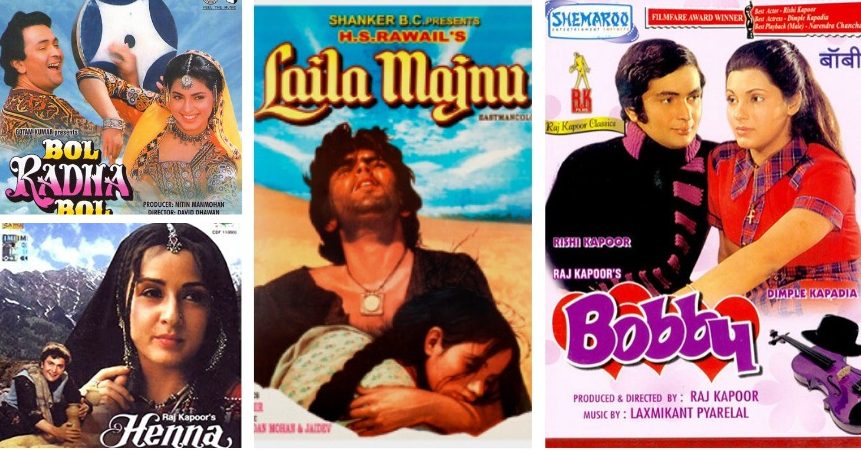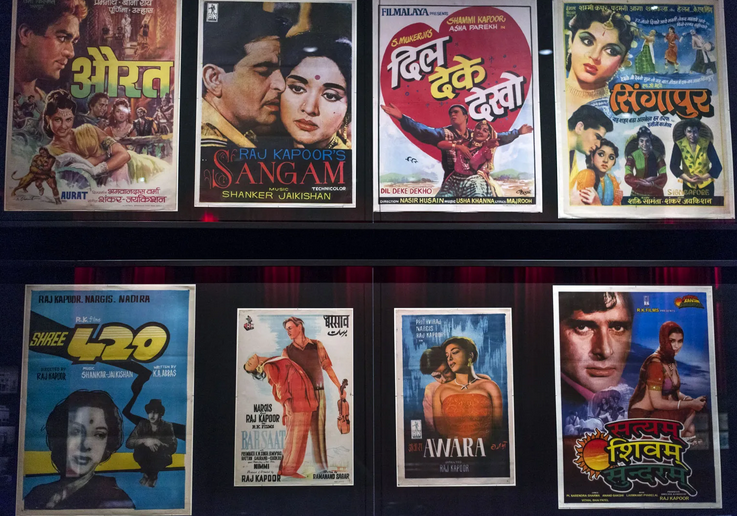Bollywood, often hailed as the heartbeat of Indian cinema, stands as a testament to the rich tapestry of storytelling and cultural vibrancy that defines the Indian subcontinent. Rooted in the bustling city of Mumbai (formerly Bombay), Bollywood is the largest film industry in the world in terms of production and one of the most influential in terms of global reach. This article takes a deep dive into the fascinating world of Bollywood, exploring its history, cultural impact, and global significance.

Historical Evolution:
The origins of Bollywood can be traced back to the early 20th century when Indian cinema was still in its infancy. The first Indian feature film, “Raja Harishchandra,” was released in 1913, marking the beginning of a new era in storytelling through moving images. Over the decades, Indian cinema underwent a metamorphosis, and by the 1930s, the foundations of the Bollywood film industry were laid.
The term “Bollywood” itself is a portmanteau of Bombay (the former name for Mumbai) and Hollywood, signifying the influence of the Western film industry on its Indian counterpart. However, Bollywood quickly established its unique identity, characterized by a synthesis of drama, music, dance, and vibrant storytelling rooted in Indian culture.
Musical Extravaganza:
One of the distinctive features that set Bollywood apart is its emphasis on music and dance. Bollywood films are synonymous with elaborate song-and-dance sequences that contribute to the overall narrative and entertainment value. These musical interludes often become chart-topping hits, with the film’s soundtrack playing a pivotal role in its success.
The songs in Bollywood films cover a wide spectrum of emotions, from joy and celebration to heartbreak and introspection. The eclectic mix of traditional Indian melodies with modern beats has contributed to the genre’s global appeal, transcending linguistic and cultural barriers. Iconic playback singers and composers have become synonymous with the industry, creating timeless classics that resonate with audiences across the world.

Cultural Impact:
Bollywood has played a crucial role in shaping and reflecting the cultural landscape of India. It serves as a mirror that reflects the society, traditions, and values of the Indian subcontinent. From family dramas addressing societal issues to historical epics that celebrate the nation’s heritage, Bollywood films encapsulate a diverse range of narratives.
Moreover, Bollywood has been instrumental in showcasing the beauty and diversity of Indian landscapes. From the majestic Himalayas to the pristine beaches of Goa, films often serve as virtual travelogues, transporting audiences to different corners of the country. This cinematic portrayal has contributed to the promotion of tourism and a global appreciation for India’s natural and architectural wonders.
Global Influence:
While Bollywood primarily caters to Indian audiences, its influence has transcended borders, gaining a dedicated fan base worldwide. The colorful and larger-than-life storytelling, combined with the universal themes of love, family, and resilience, has struck a chord with audiences from diverse cultures.
Bollywood stars, often regarded as celebrities on a global scale, have played a significant role in popularizing Indian cinema internationally. The crossover success of actors like Shah Rukh Khan, Aishwarya Rai, and Priyanka Chopra has paved the way for collaborations between Bollywood and Hollywood, further bridging the gap between the two industries.
Iconic Films and Directors:
Bollywood boasts a plethora of iconic films that have left an indelible mark on the cinematic landscape. From the timeless romance of “Dilwale Dulhania Le Jayenge” to the epic drama of “Lagaan,” these films have not only achieved critical acclaim but have also become cultural phenomena.
Pioneering directors like Raj Kapoor, Yash Chopra, and Satyajit Ray have shaped the evolution of Bollywood cinema. Their innovative storytelling techniques, coupled with a keen understanding of societal issues, have laid the groundwork for future generations of filmmakers. Contemporary directors like Karan Johar, Sanjay Leela Bhansali, and Zoya Akhtar continue to push the boundaries of storytelling, blending tradition with modern sensibilities.
Challenges and Evolution:
Despite its global success, Bollywood has faced its fair share of challenges. Criticism for perpetuating stereotypes, formulaic storytelling, and the prevalence of nepotism within the industry has sparked debates about representation and inclusivity. However, the industry is evolving, with filmmakers increasingly exploring diverse narratives and introducing fresh talent from outside traditional film families.
The advent of streaming platforms has also revolutionized the way Bollywood reaches its audience. With a global audience at their fingertips, filmmakers now have the opportunity to tell nuanced stories that resonate with viewers worldwide, further cementing Bollywood’s position on the global stage.

Conclusion:
Bollywood, with its infectious energy, vibrant storytelling, and cultural resonance, remains a powerful force in the world of cinema. From the glittering lights of the Filmfare Awards to the bustling streets of Mumbai, Bollywood continues to capture the imagination of millions. Its ability to transcend borders and connect with audiences on a universal level underscores its significance as not just a film industry but a cultural phenomenon that has left an indelible mark on the global cinematic landscape. As the heartbeat of Indian cinema, Bollywood’s journey continues, promising new stories, new stars, and a continued celebration of the rich tapestry of Indian culture.








